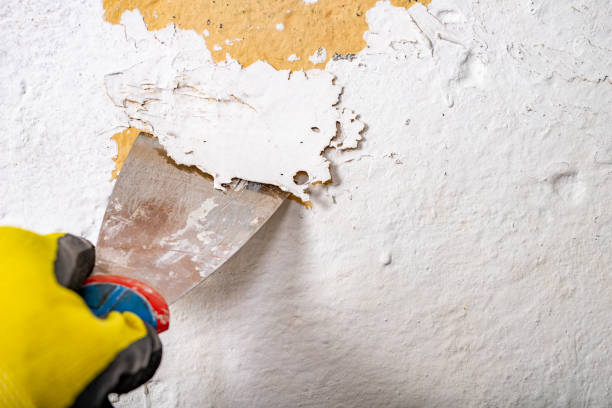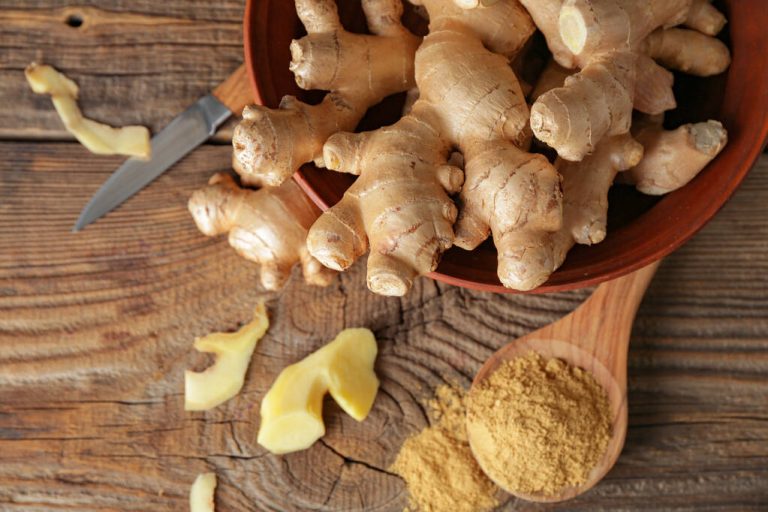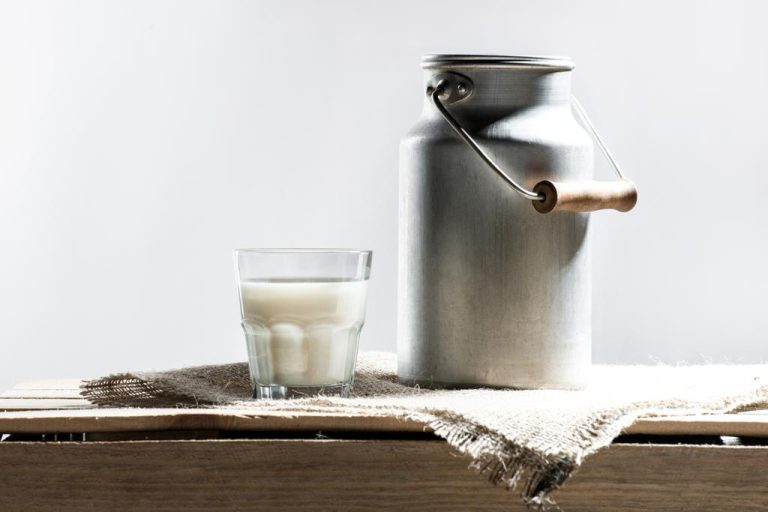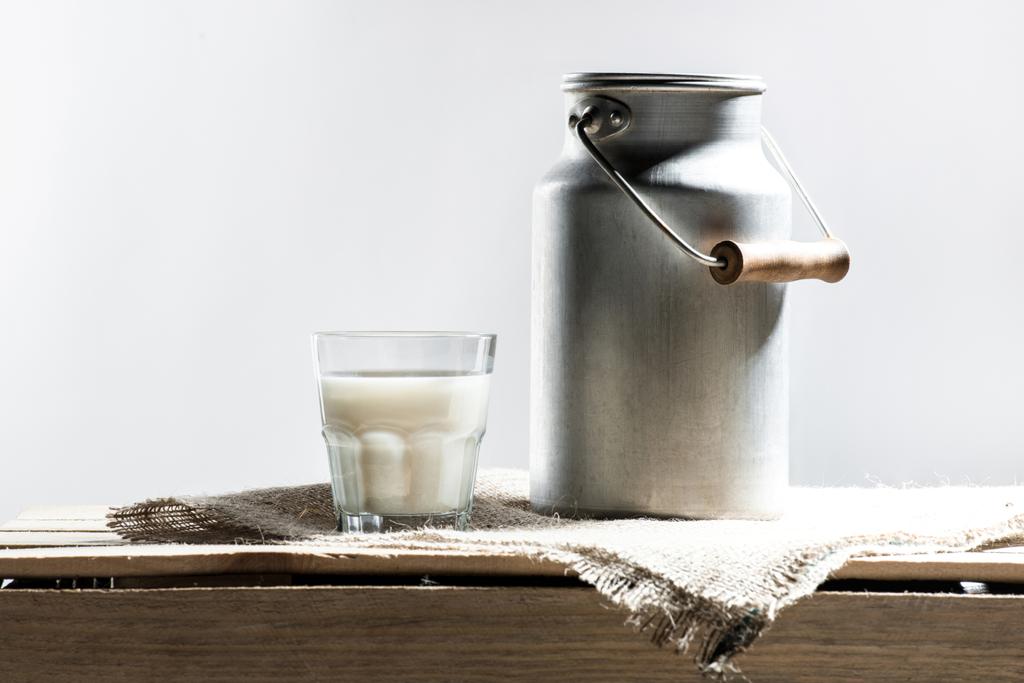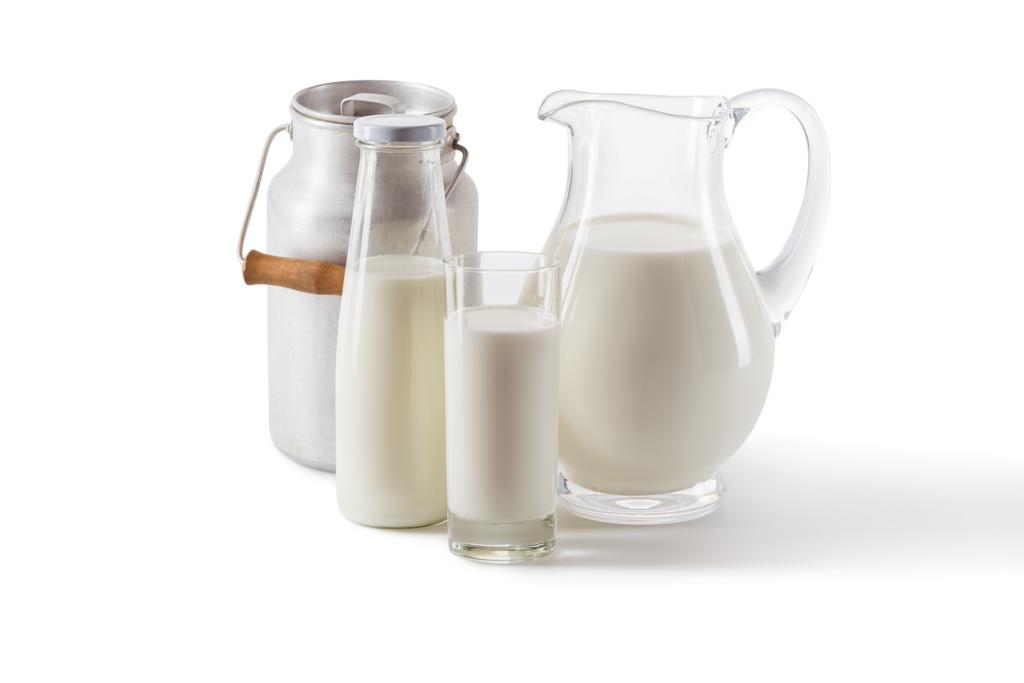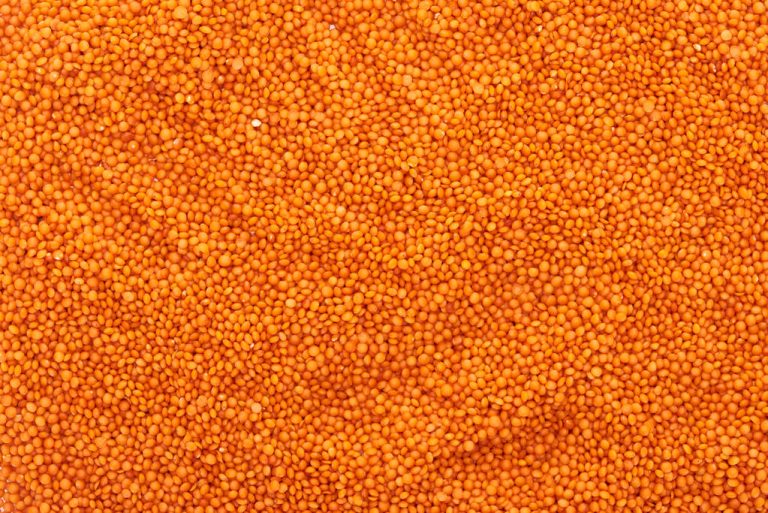We’ll show you how to bread your schnitzel properly to get delicious schnitzel. Simply bread the schnitzel in the right order. Whether breading schnitzel without egg or breading schnitzel without flour: reading schnitzel properly is easy.
The schnitzel is one of the most popular meat dishes. It should be nice and crispy with a closed breading and tender and juicy on the inside. However, good meat quality alone is far from enough to achieve a sizeable and tasty schnitzel. The problems often begin with beating the pieces of meat and end with a crumbly breading that floats in the pan. And does it always have to be egg or breading? The following tips can give you helpful suggestions for the preparation.
Just get thin schnitzel
Wash the meat and place it on kitchen paper. The upper side of the meat should also be dabbed with kitchen paper so that the schnitzel is dry all over. Then you take a clean freezer bag or plastic bag and put a piece of meat in it. The bag should be about the same size as the flattened schnitzel.
Squeeze the air out of the bag and seal it. Now you can flatten the schnitzel with a meat flattener or a rolling pin without the meat juice splashing on the kitchen furniture. Under no circumstances should you be too rough when beating and do not use a meat mallet, but only meat platers with a smooth surface, otherwise the cell structure of the meat can be damaged. The ideal schnitzel should be 4-5 mm thick. If you are not using freezer bags to get schnitzel as thin as possible, then our instructions and tips for freezing meat will help you.

Bread the schnitzel properly
Lay the side of the cutlets by side on a platter and season the top with salt and pepper. Then turn all the escalopes completely and season the underside. The schnitzel must be thoroughly dry so that the spices and the subsequent breading stick better. The secret of a delicious schnitzel breading is that the schnitzel is breaded twice. By first turning the pieces of meat in flour, then dipping them in beaten egg, and finally turning them in breadcrumbs, the breading sticks firmly to the schnitzel and forms a crispy coating. It is best to set up a so-called breading line for this.
This means that you put four plates next to each other. Fill the first with flour, fill the second with a beaten egg, fill the third with the breading, e.g. breadcrumbs, and fill the fourth with the finished schnitzel. Sometimes there are also containers for breading to buy. Another tip: Use one hand for the dry steps of breading i.e. for the flour and for the breading and the other hand for the egg, otherwise your hands will get very sticky. Disposable gloves are also helpful here. Try our home-style Wiener Schnitzel.
Variants for the breading
You can use different types of bread as breadcrumbs, including gluten-free bread. You can now also buy breadcrumbs made from wholemeal bread and gluten-free breadcrumbs. You can also make breadcrumbs yourself. Crushed crispbread works well too. Instead of breadcrumbs, you can also bread your schnitzel with other breadcrumbs. The Japanese breading Panko is popular and noble. You can find Panko in Asian shops or in the Asia corner in larger supermarkets. Many star chefs prefer to bread their schnitzel with Panko instead of breadcrumbs.
You can also bread your schnitzel with cornflakes. You should crush these properly. Crackers and all kinds of chips such as tortilla chips can also be used as breading. You can even use butter biscuits. If you want it to be a little healthier: Rolled oats, oat bran, or coconut flakes and sesame serve as bread as well as dry herbs. How about a breading made from groundnuts and parmesan? Season your breading again before you use it. Your breading should be as thin and fine as possible so that it becomes crispy. You can also mix different variants. Insider tip: Roast your breading very briefly in a pan with a little oil beforehand.
Bread schnitzel without egg
If you don’t have any eggs on hand or you can’t or don’t want to eat eggs, you can easily bread your schnitzel without eggs. You can best replace the egg with buttermilk or fatty whole milk or even cream. Another popular variation is substituting mustard. Here you roll your schnitzel first in flour and then in some mustard before you pull it through the breading.
It should be noted that this will affect the taste somewhat, which is why you should not season your schnitzel and breading too much if you use mustard instead of egg. If you are keen to experiment, you can try almond butter. Basically, you can even just use some water or soy sauce. Also, try our foods and recipes as egg substitutes.
Bread without flour

Flour is needed so that the egg and the breading stick well to your schnitzel. If you want the schnitzel to be as crispy as possible, then you should definitely use flour for breading. Many cooks recommend so-called non-slip flour, which has been sieved beforehand. It is best to use white flour type 405, but other types of flour are also possible.
You can also use whole grain or spelled flour or gluten-free flour such as buckwheat flour. Chickpea flour or almond flour is also possible. If you don’t have flour at hand, you can also use cornstarch or potato starch. Basically, you can simply omit the flour, which acts as an additional glue. Instead, you can then get inventive with the breading. You can find more tips and home remedies for flour here.
Fry the schnitzel properly
While you are breading the schnitzel, you should heat the oil in the pan at the same time. It is best to use a pan with the highest possible edge so that your schnitzel has plenty of space. In principle, vegetable oil with a high smoke point, such as rapeseed oil, is suitable. Olive oil has great properties and gives your schnitzel a very special taste. It is important to always use a sufficient amount of frying fat so that the escalopes are completely surrounded by the oil when they are immersed in the pan. Clarified butter works extremely well too.
The breading becomes crispy and firm, while the meat remains tender and juicy on the inside. You can test the correct temperature of the fat with a few crumbs of breadcrumbs. The ideal temperature is 170 degrees. The crumbs should be bubbling in the hot oil. After you have turned the schnitzel once, it is advisable to drain the golden-brown fried pieces of meat on kitchen paper. You might also be interested in our instructions and tips for frying a steak.



